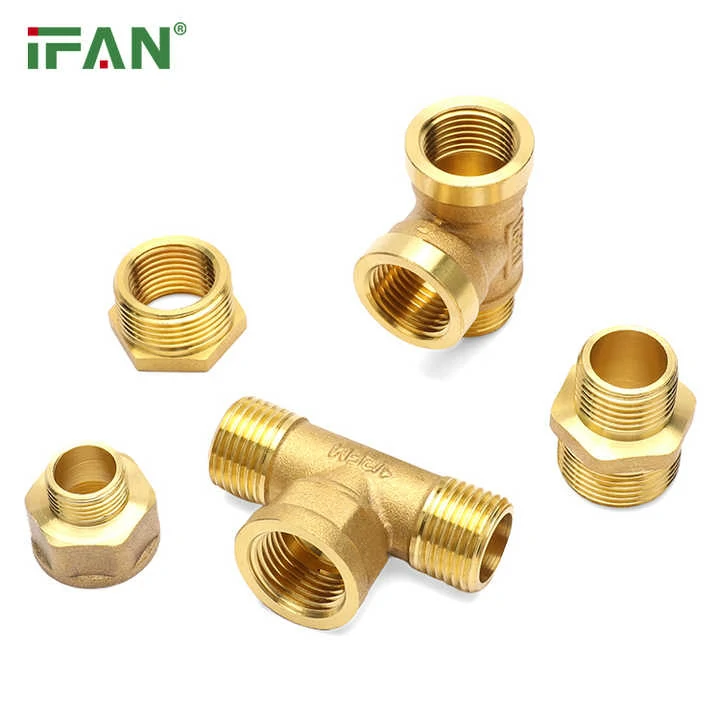Hydrogen Infrastructure Demands
The global hydrogen economy requires pipelines transporting H₂ at 70–100 bar pressures. Brass fittings face scrutiny due to hydrogen’s low molecular weight and permeation risks. Germany’s 2025 H2.LIVE project tested brass connectors in 85 bar hydrogen lines, revealing 0.3% weekly pressure loss from microleaks.
Hydrogen Embrittlement Challenges
Brass fittings containing >15% zinc risk dezincification in humid hydrogen. A 2026 MIT study showed brass valves losing 40% tensile strength after 1,000 hours in 95% RH hydrogen—stainless steel degraded only 8%. Japan’s Hydrogen Highway now mandates zinc-free copper-nickel alloys for critical junctions.
Thermal Cycling Performance
Hydrogen pipelines experience -40°C to 80°C swings during compression cycles. Brass fittings exhibit 3x higher thermal expansion than carbon steel, causing joint fatigue. Norway’s H2NOR network replaced brass with titanium after 12,000 thermal cycles induced 0.5mm fitting gaps.
Cost-Efficiency Trade-offs
Brass fittings cost 60% less than stainless steel but require 3x more maintenance in hydrogen service. Australia’s 2027 Hydrogen Backbone Initiative calculated $2.7M/km savings using brass-clad steel versus pure brass in 100 km pilot lines.
Hydrogen Purity Concerns
Copper alloys like brass contaminate hydrogen fuel cells at >50 ppb metal ions. South Korea’s 2026 KIST research found brass fittings releasing 120 ppb copper ions in 70°C hydrogen flows—exceeding PEMFC tolerance by 140%.

Innovative Hybrid Solutions
Brass-stainless composite fittings reduce costs while resisting embrittlement. China’s 2028 Sinopec trial achieved zero leaks in 100 bar hydrogen using brass-lined stainless sleeves, cutting material costs by 35% versus full stainless systems.
Regulatory Landscape Shifts
Revised ASME B31.12-2024 limits brass fittings to <30 bar hydrogen systems. California’s 2027 H₂ Valley project abandoned brass for Code 6 stainless steel in 50 bar distribution networks, complying with new embrittlement thresholds.
Future Material Roadmap
Graphene-coated brass fitting show 90% lower hydrogen permeation in 2028 CERN experiments. The EU’s Hydrogen Accelerator Program prioritizes brass-alumina nanocomposites for sub-€50/kg, high-pressure hydrogen valves by 2030.

